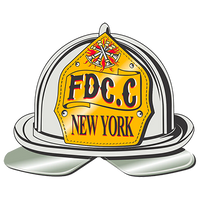Embroidery (EMB)

Your custom logo is digitized and sent to our computerized sewing machines that then stitch the imprint into various items such as: hats, jackets, polos shirts, bags, and more.
When to Pick Embroidery
Embroidery typically look best on polo shirts, jackets, woven shirts, caps, and bags. It allows for pin point color choices and works well with large designs.
Benefits of Embroidery
Pros
- High-Quality Finish
- Very Durable
- Works Well on Heavy Material such as Jackets
Cons
- Cant Make Small Designs
- Price is Based on Number of Stitches
- Does not Allow for Small Text







